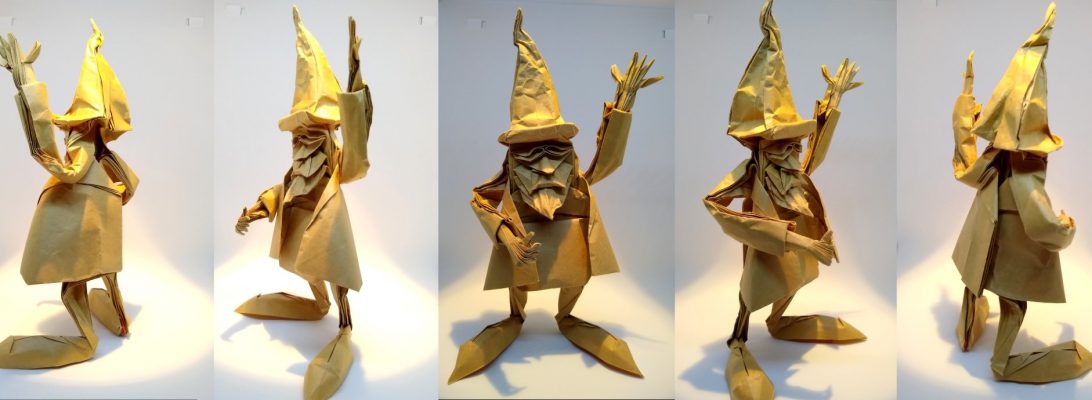Comes the time of year when we tell little kids that a morbidly obese stranger in a red suit breaks into their house (by coming down a chimney or other entry point if there is no chimney), eats some random snack, feeds a portion of that snack to a reindeer (who has a birthmark on it’s nose) and then leaves presents, regardless of whether you have been an entitled little shit all year, or a saint:

As a parent I was complicit in this lie until my kids (fairly early on) cottoned on to the fact that this whole thing was so very unlikely, and merely a mechanism for justifying a mound of presents under the xmas tree.
I wanted to try out the new paper pack of Satogami I got from Origami-shop and this festive fold seemed like the perfect opportunity given the latest Tanteidan magazine (which contains it’s diagrams) arrived this week also.
Duo Satogami is quite thick. I bought a paper pack of 58cm squares, mixed colours and love the vibrancy of the red/white, and also love the texture of the paper. I _want_ to report that pre-creasing Satogami was easy … but … I really struggled to my the reference folds and to fold accurately because of the thickness and texture. The paper reverses fairly poorly also (meaning I had to correct lots of folds for accuracy as I went to ensure alignment of layers and edges during more complex moves.
Continue reading






















